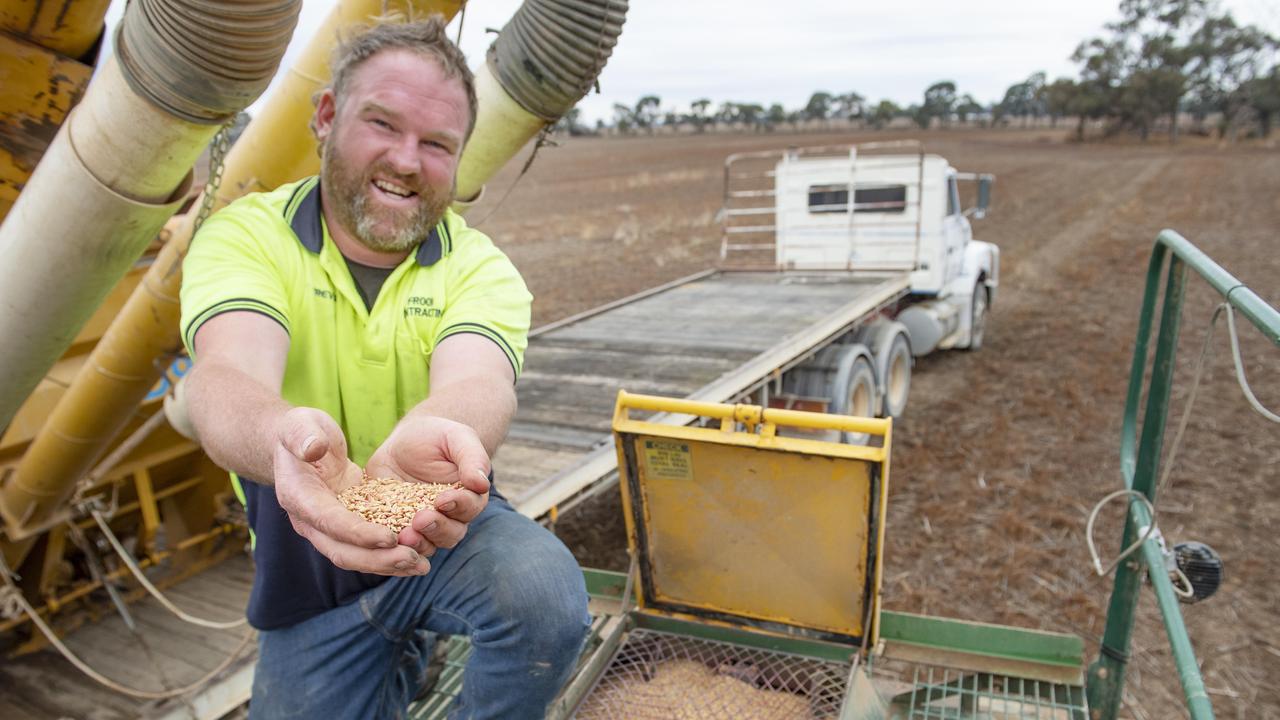Canola prices give hope
Canola has not reached the dizzying highs of 2022, yet growers are optimistic about the outlook. Here’s what it means domestically.

Financial fortunes of canola have taken a turn for the better and bucked initial forecasts.
Drier conditions in the northern hemisphere and a global appetite for the oilseed crop have allowed prices to surge above $700 a tonne.
In Western Australia prices quoted by Cargill are as high as $775. Eastern states prices at Geelong were $717 and $707 at Port Kembla, NSW.
It’s not the dizzy highs of $1000/tonne experienced last year, but it has growers feeling optimistic.
Ben Langtry of Marrarvale Pastoral in southern NSW has been monitoring prices and said the outlook was positive.
“Last year was amazing for canola, one out of the box, historically high prices, but this year is shaping up to be good too,” he said.
Mr Langtry said having a “reasonable-looking crop” and “reasonable-looking” prices was exciting.
He said there were decisions to make as to whether to lock in prices now or wait for a potentially higher value,
“There is a heap of factors at play as to why we are getting the higher price, it’s drier in the northern hemisphere, and even here (domestically), there are some crops to the north that aren’t looking so good,” he said.
Australian Bureau of Agricultural and Resource Economics and Sciences has tipped record values of canola production from 2022 to 2023 at $6.1 billion, 1 per cent higher than 2021–22.

ABARES estimates Victorian growers have sown 600,000ha of canola and NSW has 900,000ha planted.
Jason Palmer, who farms south of Echuca, has planted 350 hectares of irrigated canola and welcomes the recent price increase.
Growing crops for grain and fodder complements his feedlot operation.
“It’s great to see canola trending upwards. It gives us options,” he said.
Despite a rocky start, with the crop germinating at the end of May due to dry conditions, the crop was performing as it should be given this stage of the season.

Victorian Farmers Federation grains council president Craig Henderson of Warracknabeal said the price rises would allow people who had stored canola on-farm to consider selling.
He said a lot of people grow canola in the rotation as a break crop, and if you take away that incentive, sometimes the price is not enough of a factor to plant.
“We pulled canola out of our rotations this year and went with hay, based on the El Niño weather forecast,” he said.
“Canola can be switched in and out for us, but some people grow it no matter what.”




